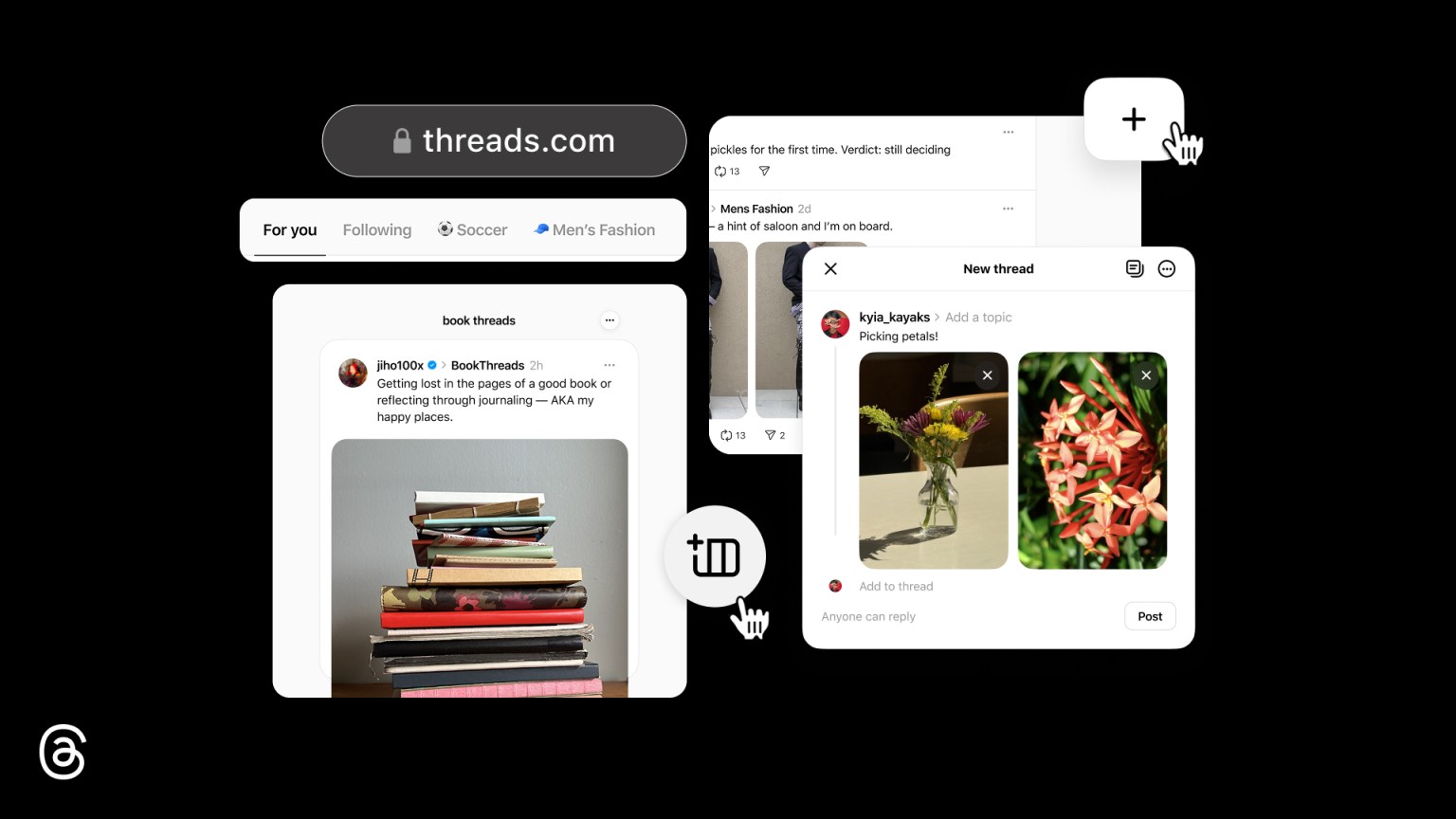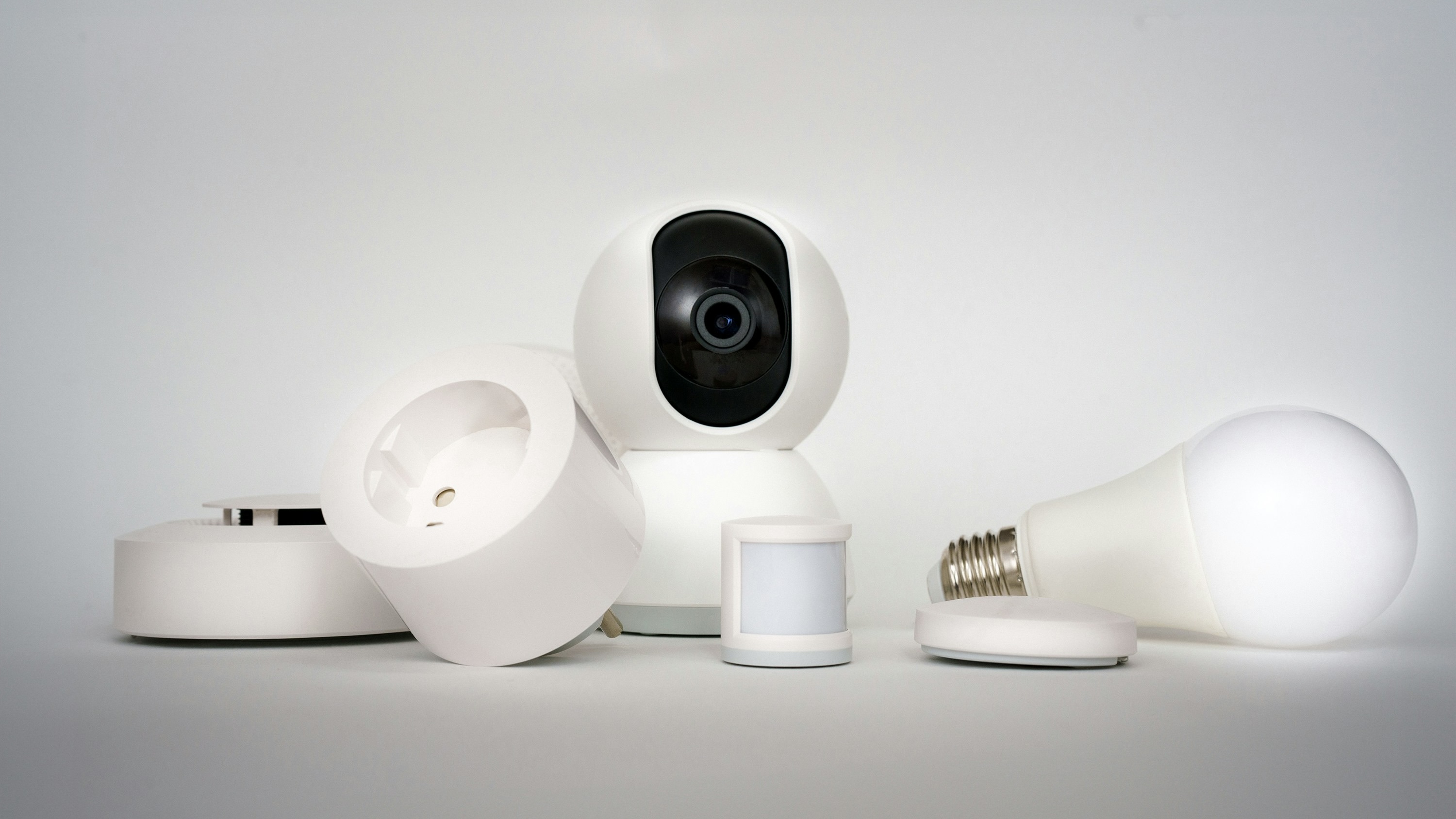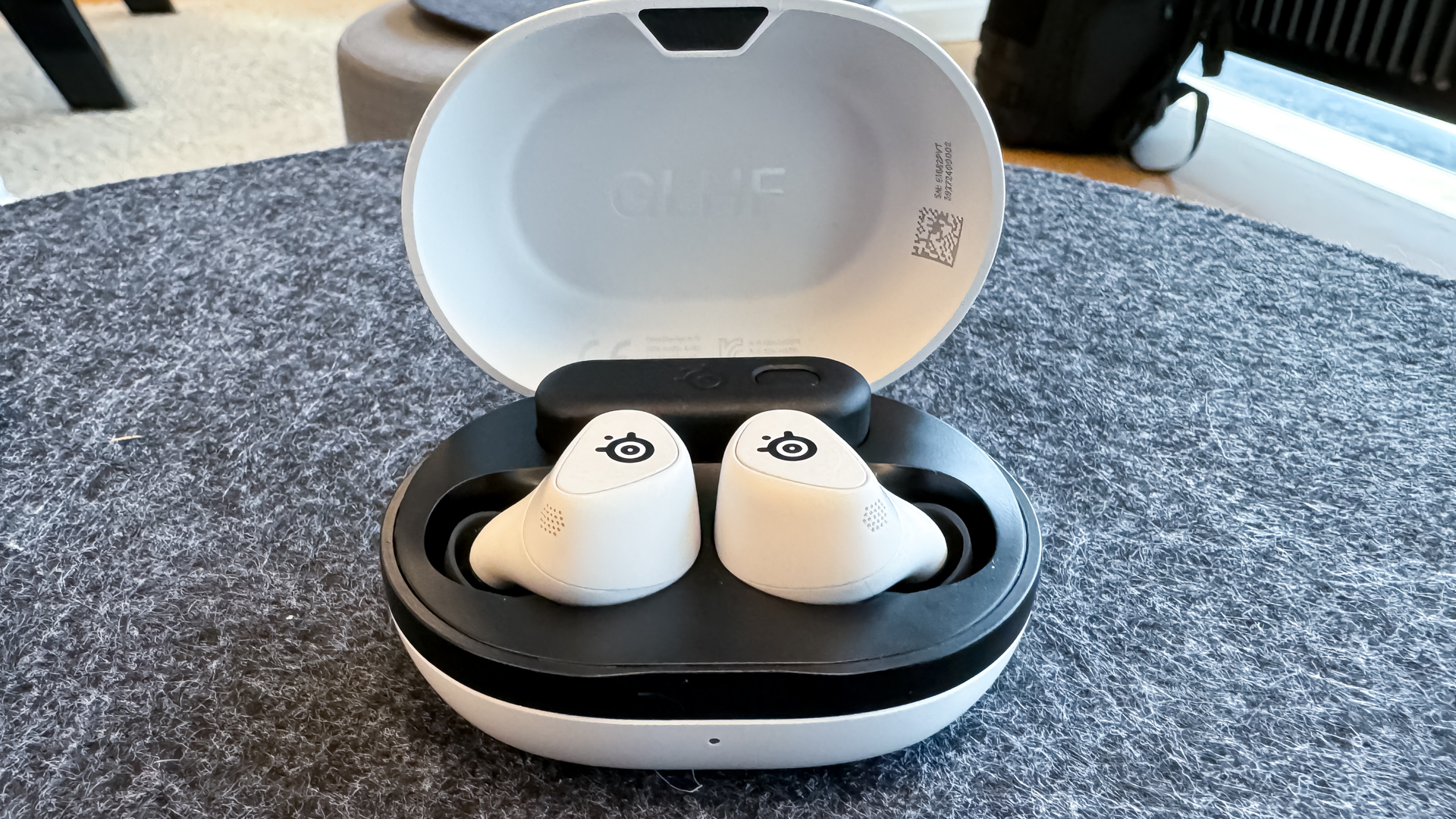

SteelSeries is a highly respected brand in the world of gaming accessories, and especially so when it comes to headsets.
The SteelSeries Arctis Nova Pro remains one of the best headsets on the market and continues to be hugely respected by gamers, and that is largely echoed down the line too. However, it has never dabbled with in-ears... until now.
After the likes of the PlayStation Pulse Explore and Sony Inzone Buds showed that the gaming community is willing to forego over-ears for a more convenient alternative, the company has taken the plunge with its very first true wireless earbuds.
The SteelSeries Arctis GameBuds are designed and tuned for gaming across consoles, PC and mobile, but are also super lightweight and capable enough for day-to-day use too. The only question is, are they any good?
Well, I travelled to Denmark to visit the brand's offices to find out.

I'll be reviewing the GameBuds in full in the coming week or so, but thought you might like to find out my initial impressions of playing with them for about an hour. During which time I managed to listen to a few tracks on iPhone, an Android handset, and while playing Rocket League on PS5.
It gave me a decent enough spread of scenarios in which I'd likely to use them if I owned a pair. In addition, I tested playback over a standard Bluetooth wireless connection and via the included 2.4GHz Wi-Fi dongle that you get in the charging case.
Sign up to the T3 newsletter for smarter living straight to your inbox
Get all the latest news, reviews, deals and buying guides on gorgeous tech, home and active products from the T3 experts

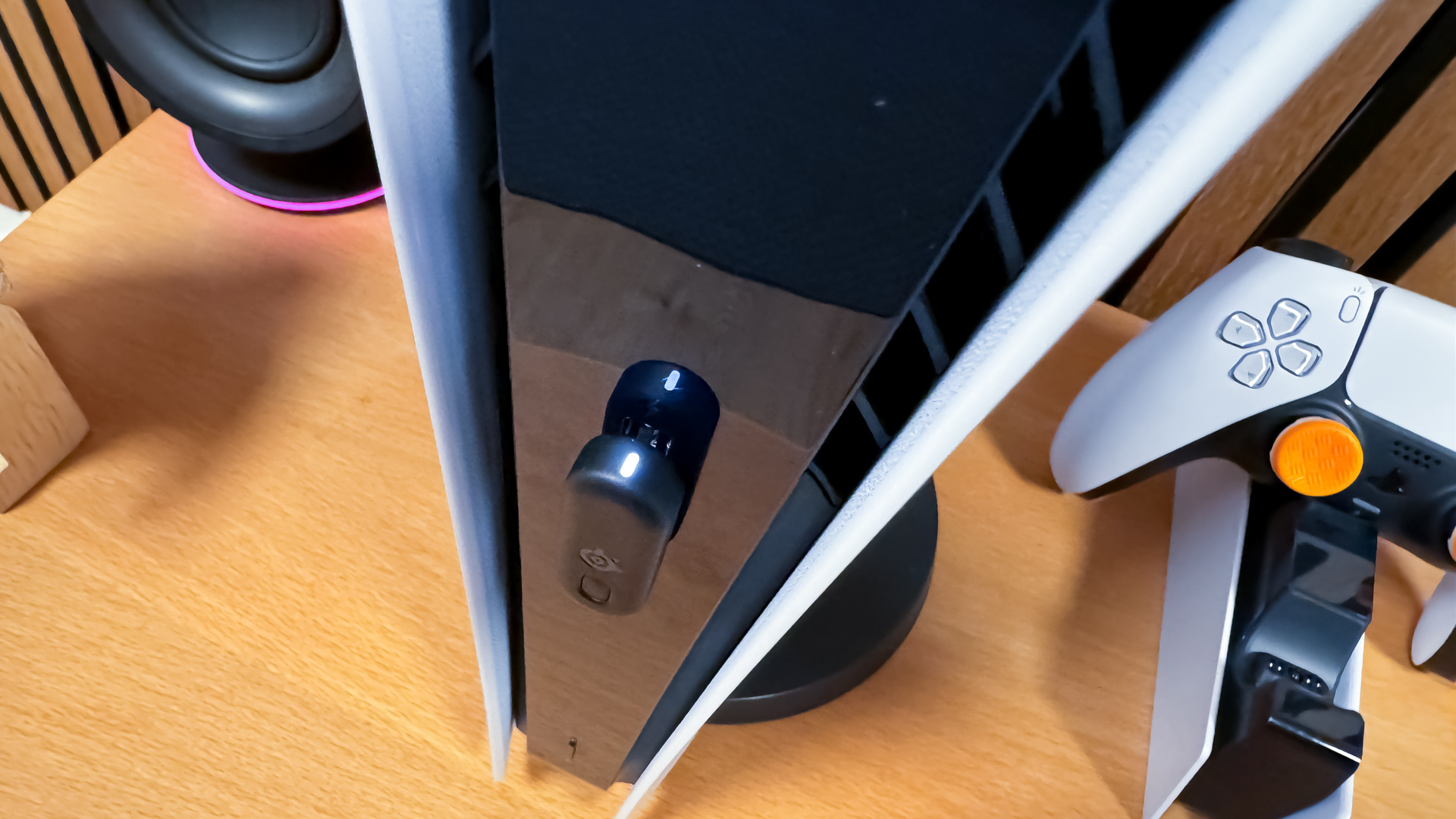
This latter device is tiny and connects using USB-C, so can be plugged into pretty much any source you fancy – I used it with the PS5 and my iPhone 15 Pro Max, which gave me the added bonus of a higher data flow from the phone to the buds and, it must be said, did make the tracks sound better.
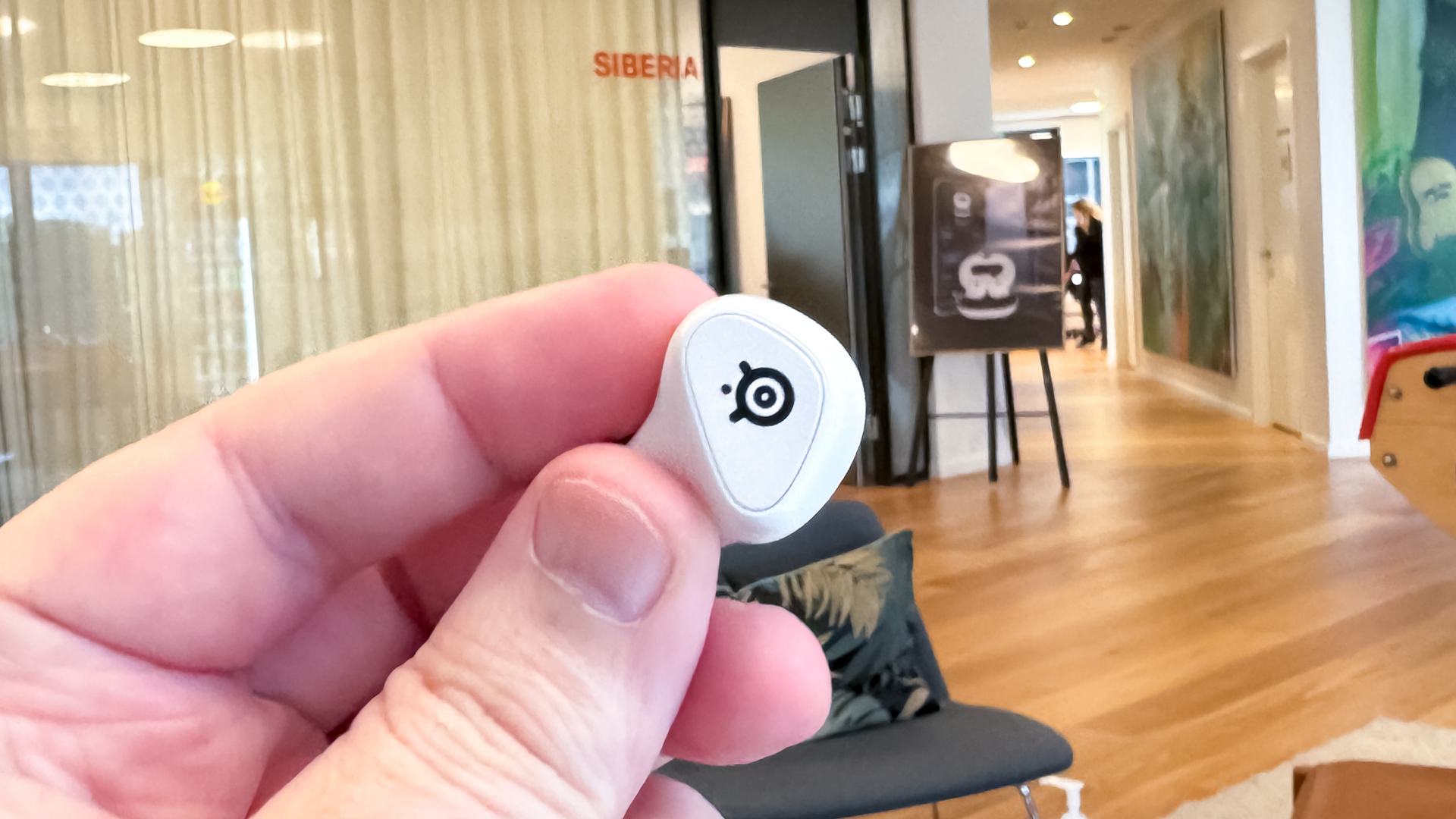

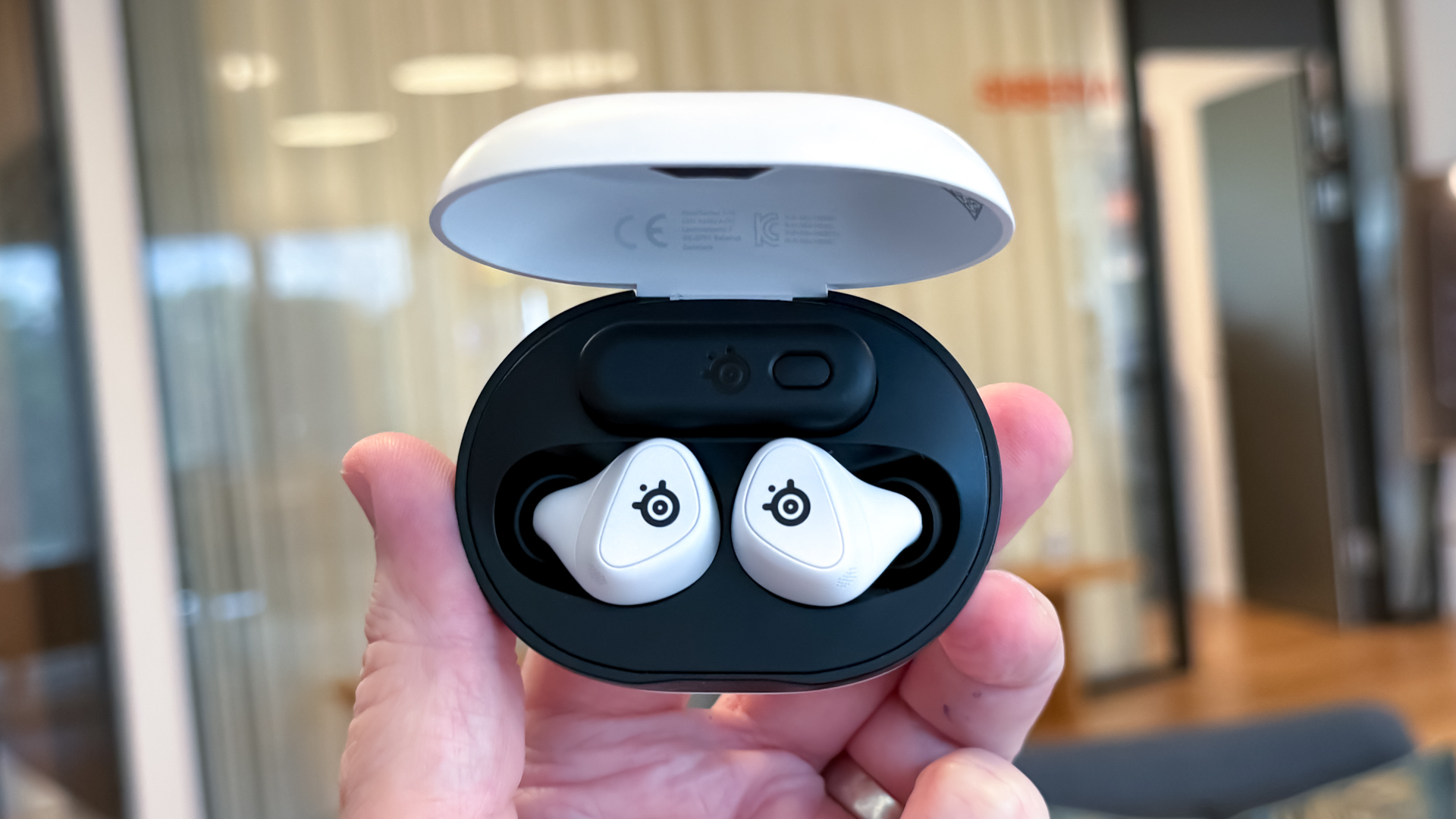
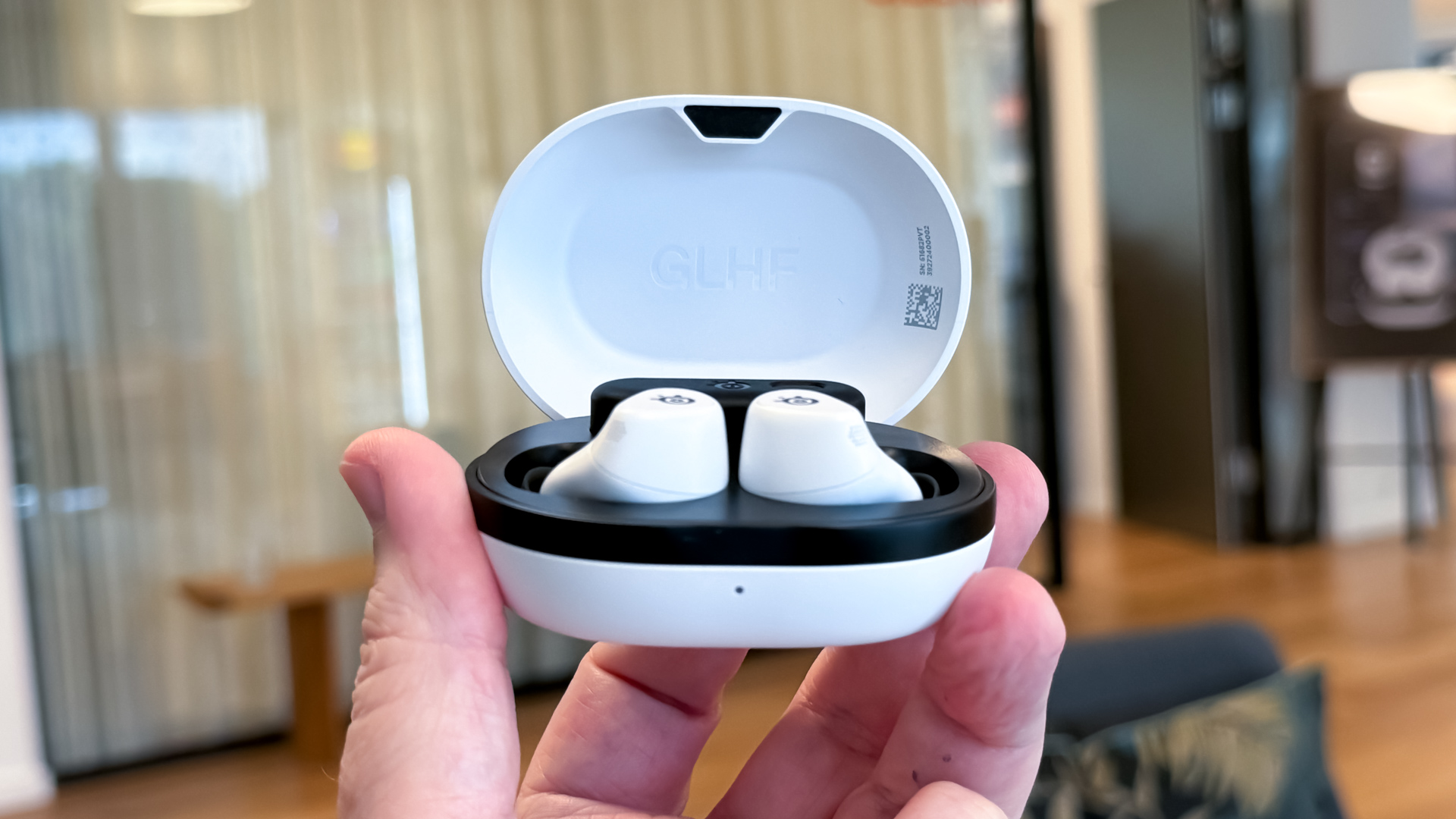
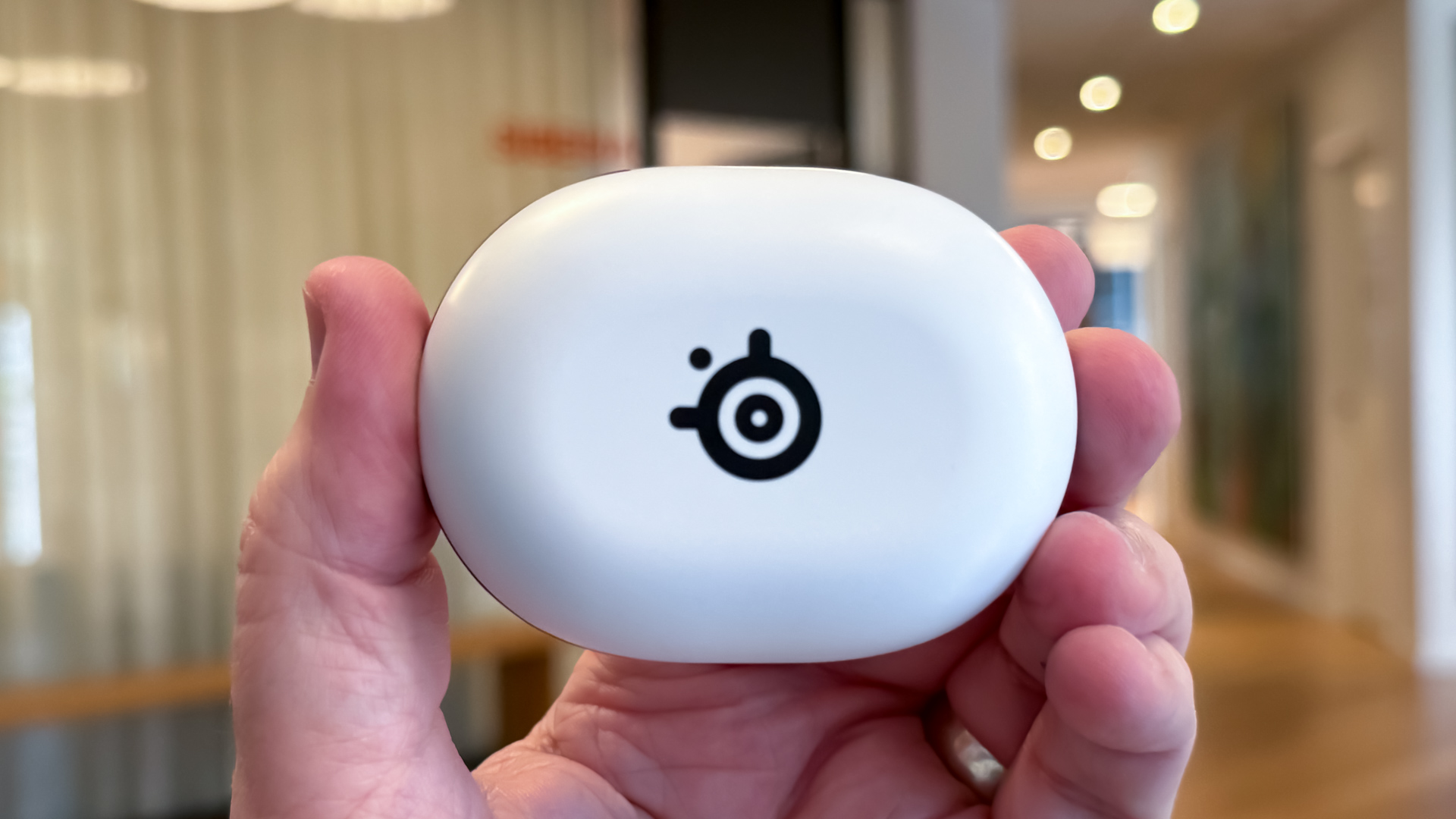
However, I digress a touch. The first thing to note about the Arctis GameBuds is that the charging case they come in includes Qi wireless charging – something that's not on PlayStation's own in-ears. And it contains around 30 hours of battery life to top up the buds. Each bud also sports 10 hours of battery, so you can get around 40 hours in total – more than enough for a few play sessions.
The GameBuds are also IP55 water resistant, so can be worn in the rain or when working out, and I found them extremely comfortable. I can't comment yet on the comfort over extended periods of use, but they sat into my ears securely and easily.
SteelSeries told me this is thanks to the design process taking in data from over 62,000 different scans of ears, to find a happy medium that will suit the majority. It's important too as a tight fit is necessary for the ANC to function at its best.

Yep, the Arctis GameBuds do indeed come with full active noise cancellation tech, which uses a four microphone array to asses external noise and block out distractions – ideal for gaming and watching video on the train, for example.
They also support 360° spatial audio, including Tempest 3D Audio on the PlayStation 5. It'd be strange if they didn't, of course, considering they are primarily designed for gaming, but its a nice addition nonetheless.
Another great inclusion comes through the SteelSeries app rather than on the buds themselves. That's because they are compatible with the brand's audio presets, with more than 100 different PS5 and Xbox games having individual sound signatures ready to assign the in-ears.
You just head to the app, select the game you're playing and it'll upload the EQ settings to the GameBuds. And, because this is on a phone app, you can even do it while playing a game on the console.
There are presets for video and music playback too, furthering their universal nature even more.

In terms of the test, I managed to listen to a couple of Oasis tracks – Lyla and Champagne Supernova – plus a burst of Dogs by Pink Floyd, and the entirety of Wu-Tang Clan's C.R.E.A.M.
I need a bit more time with them, but the test version of the GameBuds demonstrated great musicality that I'd put on a par with standard AirPods. The ANC worked in an office environment with others milling around and talking, but again it needs more investigation.
I then moved onto Rocket League on PS5, connected via the 2.4GHz USB-C dongle, and was impressed by the virtual spacing of effects – cars genuinely did sound like they were revving over my shoulder so I could sense the action around me.
It's worth remembering that these are in-ears not a full headset, so it wasn't quite as big a soundstage, but the compromise of convenience may be worth the sacrifice.
I'll certainly know more once I take the buds on a more extensive test, but am already reasonably impressed. I'll be able to give you more of my thoughts later.
There's certainly enough time as the SteelSeries Arctis GameBuds will be hitting stores on 29 October 2024. They are also available for pre-order now from numerous retailers, priced at £159.99 / $159.99 / €169.99. We're awaiting Australian pricing details.
Two different models of the GameBuds will be available – a white one to match the PS5 and a black Xbox-certified edition. Of course, thanks to the wireless dongle and Bluetooth 5.3 support, either can pretty much be used universally.

Rik is T3’s news editor, which means he looks after the news team and the up-to-the-minute coverage of all the hottest gadgets and products you’ll definitely want to read about. And, with more than 35 years of experience in tech and entertainment journalism, including editing and writing for numerous websites, magazines, and newspapers, he’s always got an eye on the next big thing.
Rik also has extensive knowledge of AV, TV streaming and smart home kit, plus just about everything to do with games since the late 80s. Prior to T3, he spent 13 years at Pocket-lint heading up its news team, and was a TV producer and presenter on such shows as Channel 4's GamesMaster, plus Sky's Games World, Game Over, and Virtual World of Sport.
-
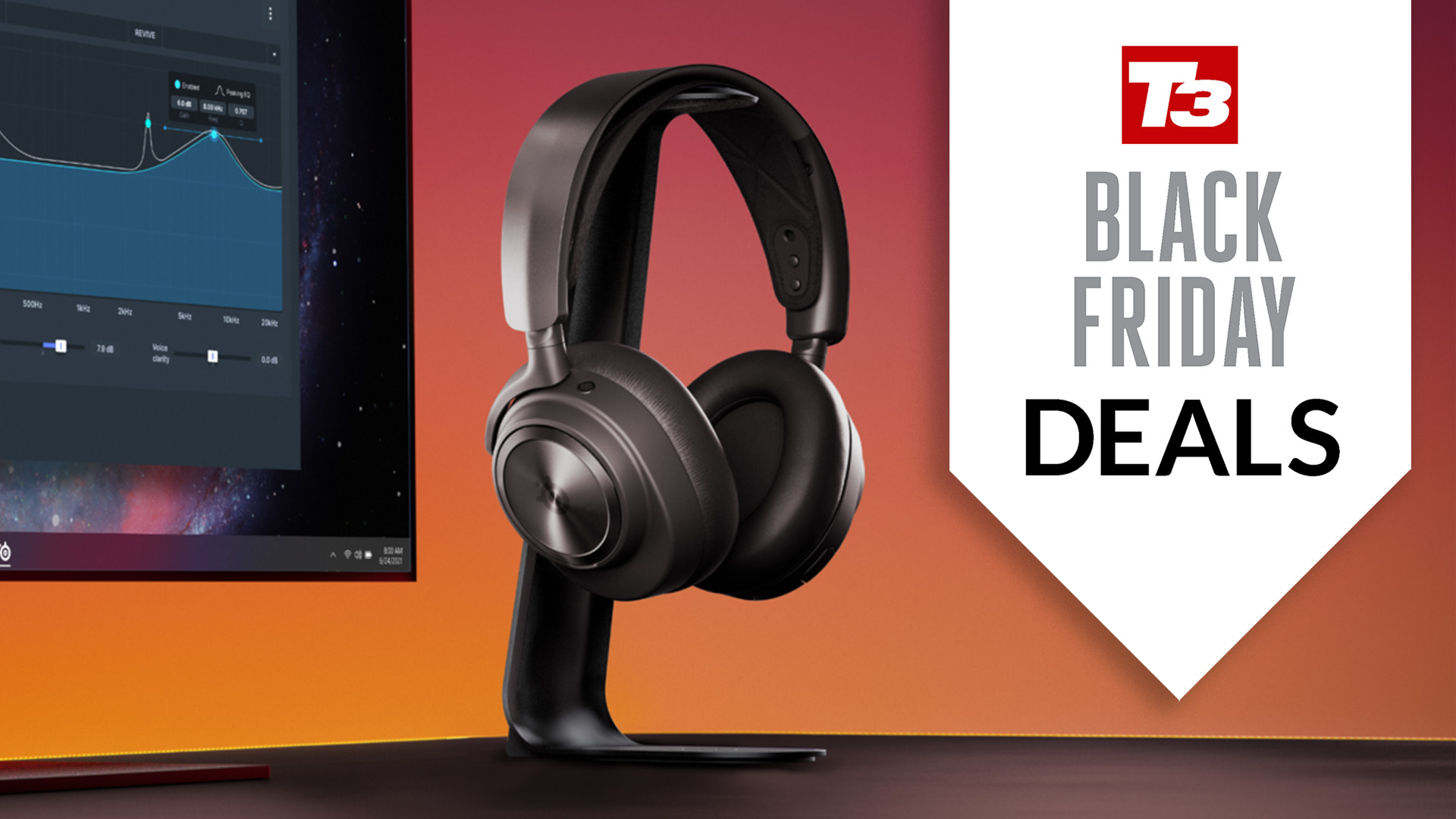 The best gaming headset I've ever used hits lowest-ever price for Black Friday
The best gaming headset I've ever used hits lowest-ever price for Black FridayThis SteelSeries headset will elevate your gaming
By Max Freeman-Mills
-
 SteelSeries Arctis Nova 7X Wireless review: sounds great with everything
SteelSeries Arctis Nova 7X Wireless review: sounds great with everythingThe SteelSeries Arctis Nova 7X Wireless could be your next gaming headset
By David Nield
-
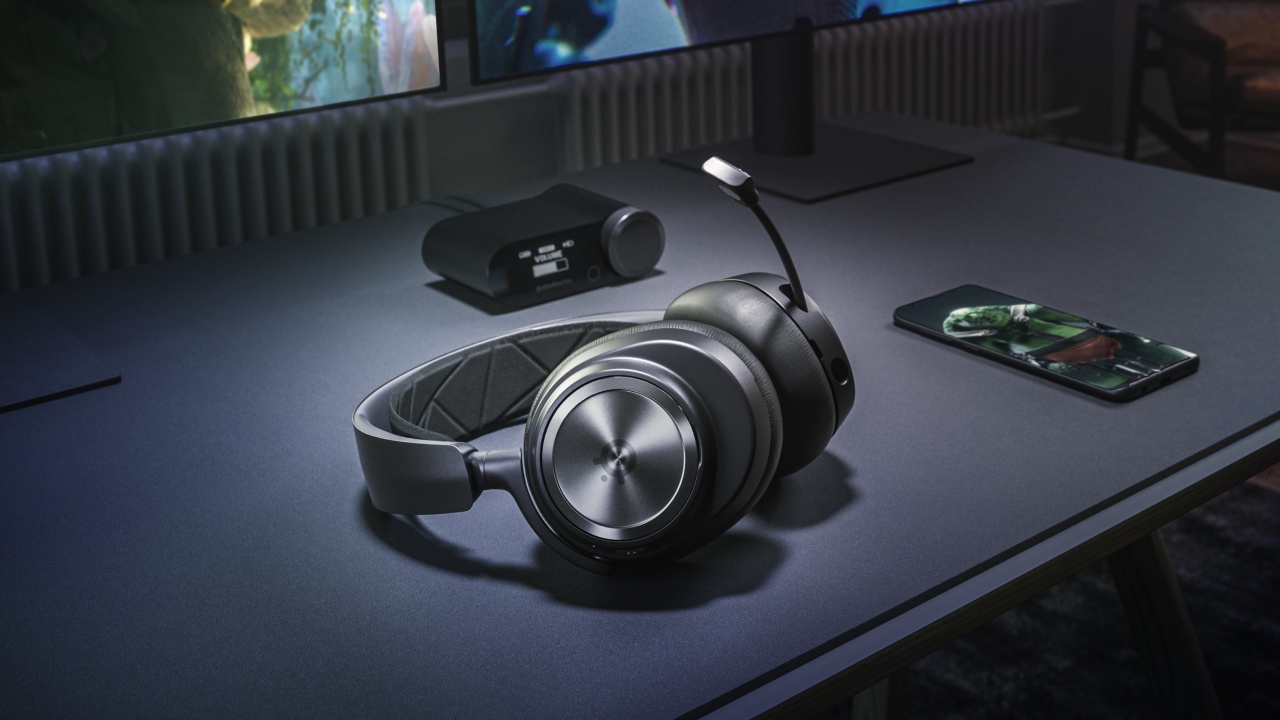 SteelSeries Arctis Nova Pro Wireless gaming headset review
SteelSeries Arctis Nova Pro Wireless gaming headset reviewThe gaming headset you won't want to leave at home
By Carrie Marshall
-
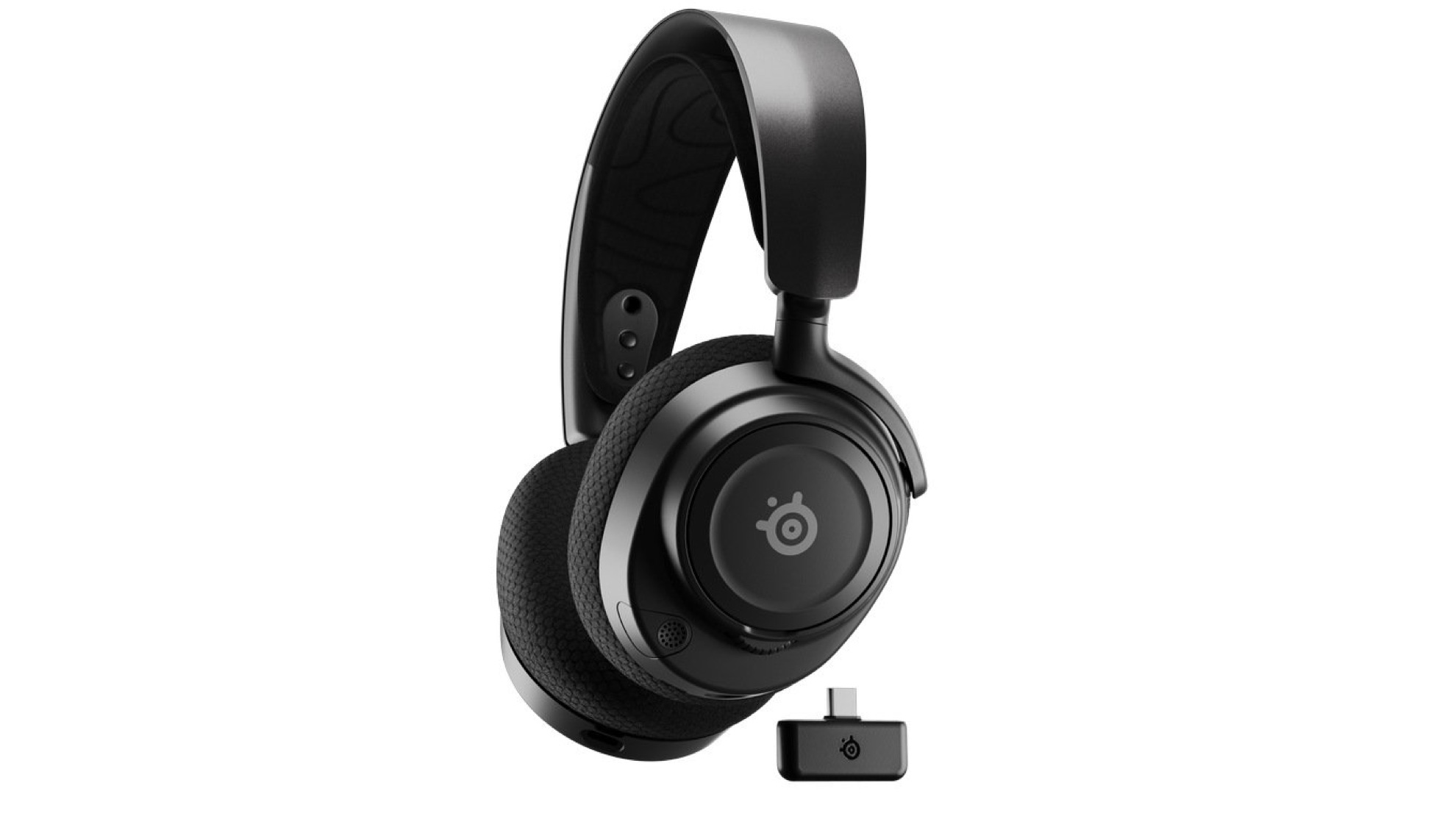 SteelSeries Arctis Nova 7 Wireless gaming headset review
SteelSeries Arctis Nova 7 Wireless gaming headset reviewSpatial audio and lots of low-end thump in this impressive gaming headset
By Carrie Marshall
-
 SteelSeries Prime Wireless review: a top-tier mouse for gaming and more
SteelSeries Prime Wireless review: a top-tier mouse for gaming and moreThe SteelSeries Prime Wireless ticks a lot of boxes and is a pleasure to use
By David Nield
-
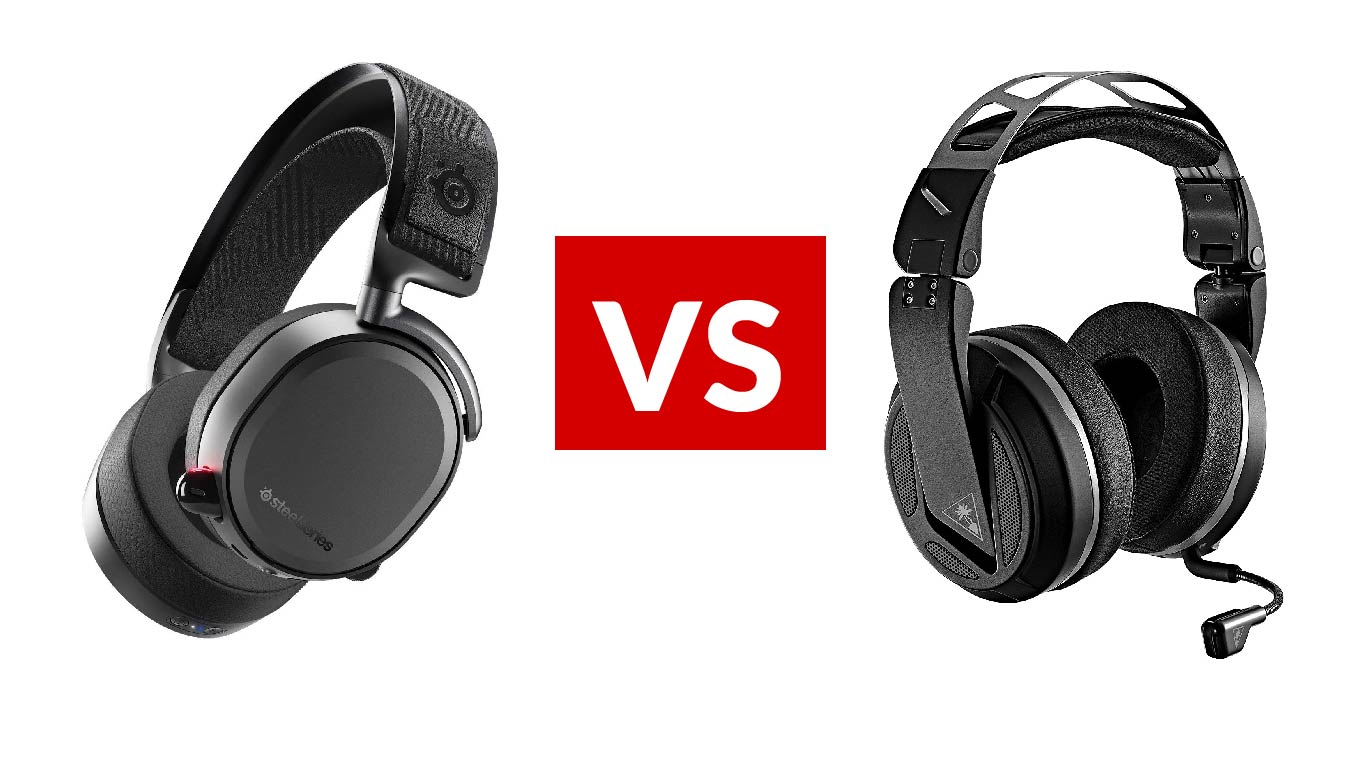 SteelSeries Arctis Pro Wireless vs Turtle Beach Elite Atlas Aero: which gaming headset is right for you?
SteelSeries Arctis Pro Wireless vs Turtle Beach Elite Atlas Aero: which gaming headset is right for you?Check out the audio quality, bass performance and overall comfort of the SteelSeries Arctis Pro Wireless vs Turtle Beach Elite Atlas Aero
By Dom Reseigh-Lincoln
-
 SteelSeries H Wireless review
SteelSeries H Wireless reviewThe SteelSeries H Wireless is a high-end cordless headset for both console and PC
By Guy Cocker
